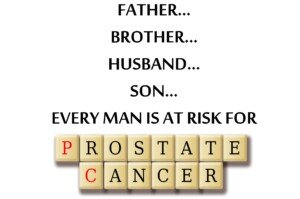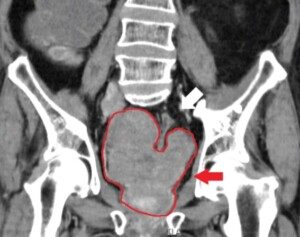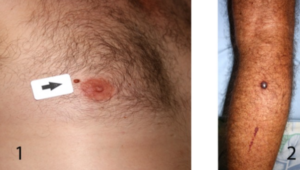You’ve probably seen the term METs pop up on fitness trackers or cardio machines.
It sounds like something out of a lab. But it’s actually really simple once you get the idea.
MET stands for metabolic equivalent of task.
It compares how much energy you use during an activity to how much you use while resting.
Sitting quietly and doing nothing but breathing? That’s 1 MET.
Everything else builds on that baseline.
A slow walk is about two METs. A brisk walk hits around 3 or 4.
Jogging can be 6 or more. Think of METs as a relativity value.
Running or intense workouts such as jumping drills can hit 8 to 12 METs — even higher, such as sprinting your fastest up steep hills for interval training.
The higher the MET number, the more effort your body is putting out. Imagine a woodchopping contest.
METs matter because they give you an easy way to compare activities.
Instead of guessing if swimming laps is “harder” than is biking up hills, the MET numbers give you a straightforward scale most of the time.
Though the MET value isn’t perfect science, it’s a lot better than eyeballing the comparisons.
Everyone would agree that playing videogames won’t require much physical effort, and that any kind of walking has a higher MET than sitting in a chair staring at a screen and using a joystick.
But when we compare swimming laps to, say, box jumping, this can be a situation where it’s not always a straightfoward comparison.
- Wha is the laps are being done as fast as possible nonstop for four lengths of an Olympic size pool?
- What if each box jump has 10 seconds of rest in between?
- Brisk uphill walking has the potential to have a higher MET value than does slow jogging on level ground.
But in general, METs is a good way to make comparisons of effort or energy expenditure.
Higher METs equal more calories burned in the same amount of time.
METs also help define intensity levels.
Light activity such as sweeping the garage usually falls between 1 and 2.9 METs.
Moderate activity runs from 3 to 5.9 METs. An example could be inline skating around the neighborhood. Faster speed and hills will raise the METs.
Anything 6 METs and up is considered vigorous. Some group fitness classes can get this high.
The metabolic equivalent task can also apply to everyday movement.
Gardening comes in around 3 to 4 METs. Carrying groceries upstairs hits 4 to 5. But realistically, the task of carrying groceries lasts only seconds, while gardening can go on for an hour.
METs Are Not Personalized
Remember, the metabolic equivalents is a relative value.
Everyone burns energy differently based on age, muscle mass, fitness level and metabolism.
But METs are still a handy shorthand. Suppose you have a sluggish metabolism. Twenty minutes of gardening will still come in much lower than a 20 minute staircase workout.
With all that explained, you can still simply go by how much effort your body is exerting during an activity to get an idea of its intensity.
This is called the RPE: rate of perceived exertion, which can easily translate to a number scale.
Certainly, a nonstop 20 minute staircase regimen will have you huffing and puffing and overall feeling worked over far more than will nonstop tending to your vegetable or rose garden.
![]()



























